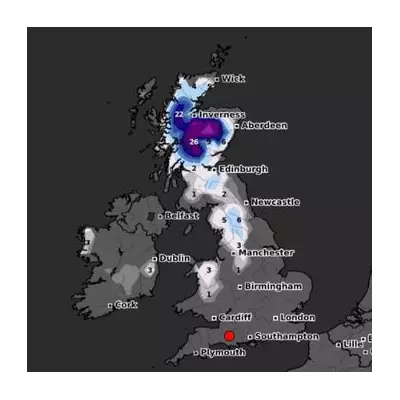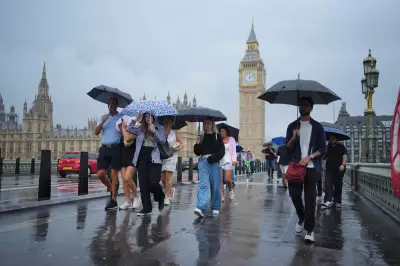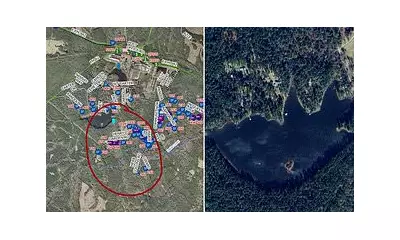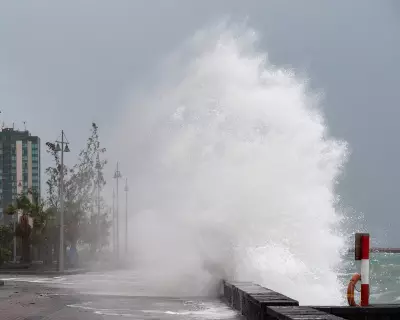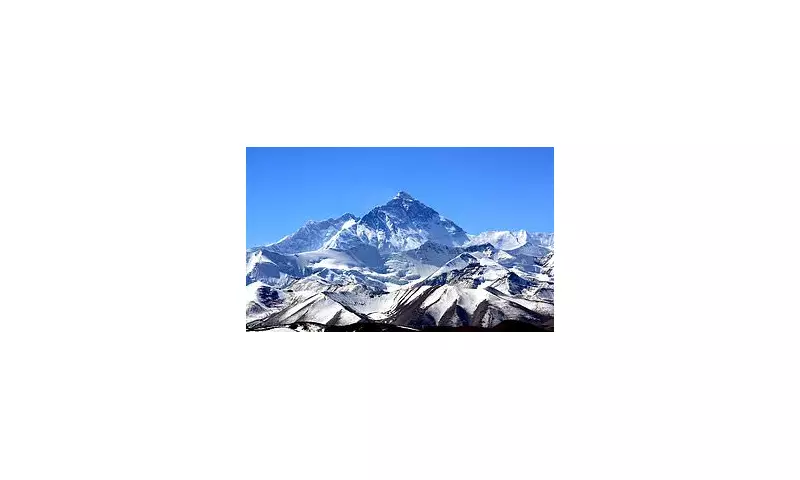
A desperate rescue mission is unfolding on the world's highest peak as multiple climbers have become trapped in Mount Everest's treacherous "death zone," fighting for survival against brutal conditions at extreme altitudes.
Peril at 8,000 Metres
Emergency teams are battling time and extreme weather to reach stranded mountaineers caught in one of the most dangerous situations imaginable. The death zone, where oxygen levels are insufficient to sustain human life for extended periods, has become a deadly trap for several expedition members.
Rescue coordinators confirmed that deteriorating weather conditions have severely hampered efforts to extract the climbers from their precarious positions. With temperatures plunging to lethal levels and winds reaching hurricane force, every passing hour increases the risk of fatal consequences.
Race Against Time
Experienced Sherpa teams and fellow climbers have mounted a courageous response, attempting to reach the stranded mountaineers despite the enormous personal risk. The rescue operation represents one of the most challenging in recent Everest history, testing the limits of human endurance and mountain rescue capabilities.
"Conditions are absolutely brutal up there," reported one expedition leader monitoring the situation from base camp. "We're talking about winds that can literally blow people off the mountain, combined with extreme cold that freezes equipment and human tissue within minutes."
The Human Cost of High-Altitude Climbing
This emergency highlights the ongoing dangers of commercial mountaineering on Everest, where overcrowding and variable weather conditions continue to create potentially deadly situations. The death zone, above 8,000 metres, presents unique physiological challenges where the human body begins to deteriorate rapidly without supplemental oxygen.
Medical experts emphasise that survival time in the death zone is severely limited, with climbers facing the dual threats of cerebral oedema and pulmonary complications that can prove fatal within hours.
International Response
The unfolding drama has triggered concern across the global climbing community, with experienced mountaineers and rescue specialists offering remote assistance and guidance. The incident serves as a stark reminder of Everest's unforgiving nature, even as climbing technology and weather forecasting have improved.
As rescue teams continue their perilous ascent, the mountaineering world watches and waits, hoping for a successful outcome against overwhelming odds on the roof of the world.


